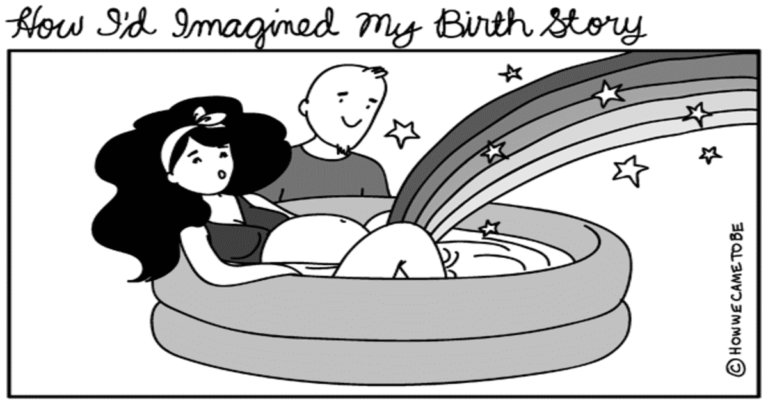Science Created an Artificial Womb that Could Help Save More Premature Babies
Science is the coolest. Some brilliant scientists got together and decided to make an artificial womb and gestate a fetal lamb, and while the images of what is clearly a developing, wooly lamb wriggling around in a plastic bag have been blowing up the Internet and fascinating the world, their research could be a huge step towards saving more and more severely premature babies.
According to PEOPLE, researchers at the Children’s Hospital of Philadelphia created an artificial womb that is a closed system in a sterile “bio bag” filled with an amniotic fluid substitute in an attempt to as closely as possible recreate the environment in a womb.
Scientists have been trying to create an artificial womb for decades, and this has reportedly been the longest and most successful animal trial.
[youtube=https://www.youtube.com/watch?list=PLUv9oht3hC6Tscb1am-jzlHxLIMxko3hO&v=z7OsEGT9d3o]
Part of why they were doing this is that advances in medical technology have moved forward the date at which a premature baby can be born and be likely to survive, but premature birth can carry health risks for later in life. Lung development is a big one, because apparently contact with gaseous oxygen–ie: breathing–causes lung development to stop, so a baby delivered at 24 weeks and put on a ventilator can survive, but may wind up with lung and breathing issues later in life because their lungs stop developing much earlier than a baby born several months later.
That’s why they think the artificial womb could be particularly useful for that, because the baby doesn’t breathe air and thus its lungs development can continue normally. The baby’s umbilical cord is attached to an external oxygenator that is basically a substitute placenta.
Previous attempts to develop an artificial womb like this have involved a pump to move the baby’s blood, but those were associated with negative outcomes because the pressure is too much for a fetal heart to handle. This system has no such pump, and the baby’s heart works on its own to move blood through the umbilical cord to the substitute placenta.
Seriously, science is awesome. Schools should be doing more to show kids that this is the kind of thing some scientists get to work on, because this is fascinating. It’s like something out of a comic book, but it’s real.
The study raised several fetal lambs to full-term baby lambs in these plastic bags, and then most of the lambs were euthanized so they could be dissected and studied to see how their time in the bags had affected their development, and researchers say the lambs looked pretty normal.
A couple lambs were kept in artificial wombs and later allowed to grow to adulthood, and those sheep seem perfectly normal and healthy now.
The researchers estimate that their artificial womb could reduce mortality and disability in critically premature infants, and that it is probably three years from being ready for human testing, but they’re optimistic in their results. Also, they say this is leading them to recommend that critically premature infants be treated as fetuses, not very tiny newborns, because their physical needs are different.
(Image: YouTube / Children’s Hospital of Philadelphia)






